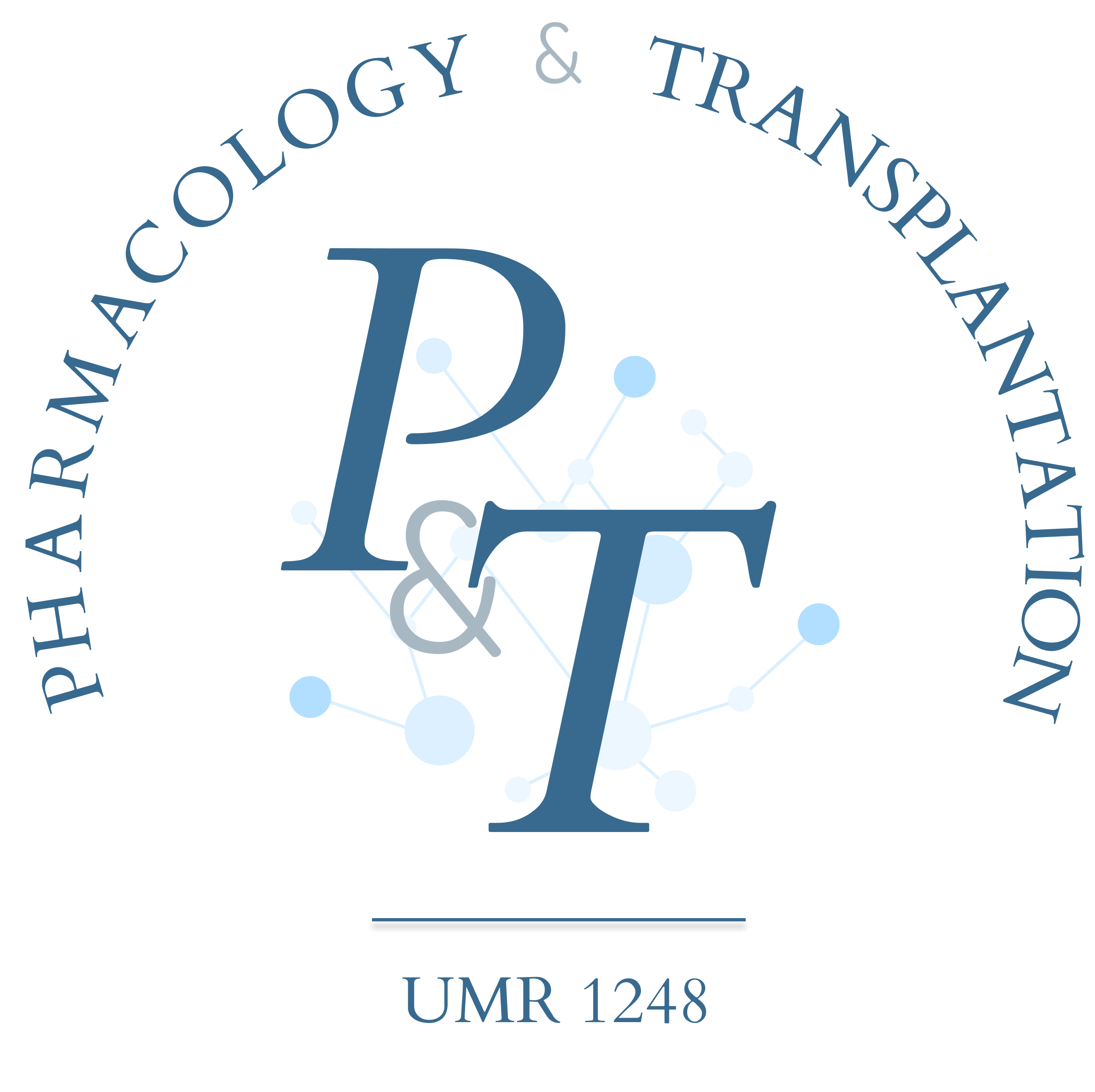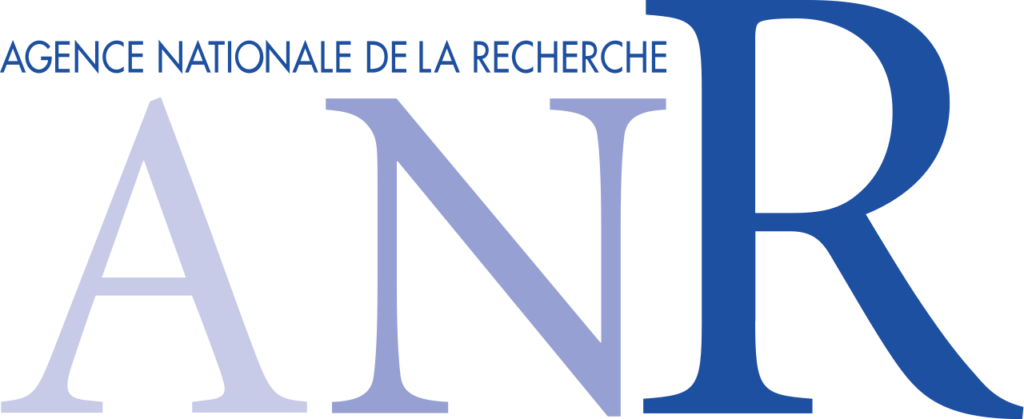PhD Candidate in Computational Chemistry and Molecular Modelling
Contact - Information
Florent Di Meo
UMR-1248 INSERM
CBRS – Université de Limoges
2, rue du Pr Bernard Descottes
87000 Limoges
Thomas Falguières
Deadline: 01/11/2021
Documents:
- Resume
- Cover Letter
- Contacts for recommandation letter(s)
Funding Source:
French National Research Agency – 2021 PRCE RAPRACLID
Reference papers:
Soon
PhD Project
CONTEXT and BACKGROUND
Bile secretion is an essential function of the liver for the elimination of xenobiotics and endogenous metabolites. This function mainly depends on transporters localized at the apical (or canalicular) membrane of hepatocytes, such as ABCB4 and ABCB11. The expression of these two ATP-Binding Cassette (ABC) transporters is restricted to the canalicular membrane of hepatocytes wherein their role is to secrete bile components into bile canaliculi: phospholipids (mainly phosphatidylcholine) and bile salts for ABCB4 and ABCB11, respectively. Jointly to co-secreted cholesterol, phospholipids and bile salts form mixed micelles in the aqueous environment of the bile, thus avoiding: i) the formation of cholesterol gallstones in the biliary tract; ii) the detergent effects of free bile acids onto biological membranes. To date, more than 450 distinct genetic variations have been reported in the ABCB4- and ABCB11-encoding loci from patients with rare liver diseases (see http://abcm2.hegelab.org/ and http://evs.gs.washington.edu/EVS/) with more than 70% of missense variations which can impact the expression, the intracellular traffic or the secretion activity of the mutated transporters. The most severe ABCB4- and ABCB11-related diseases are the Progressive Familial Intrahepatic Cholestasis type 2 and 3 (PFIC2, PFIC3) which are rare autosomal recessive diseases affecting homozygous or compound heterozygous patients during childhood. Nowadays, the only pharmacological treatment for ABCB4- and ABCB11-related diseases is the administration of UrsoDeoxyCholic Acid (UDCA), a weakly hydrophobic bile acid which renders the bile less toxic. However, more than half of PFIC2/3 patients do not or only poorly respond to UDCA treatment, and the worsening of the patient condition/disease most often requires liver transplantation. Therefore, the therapeutic challenge is to identify new pharmacotherapies as an alternative to liver transplantation for patients with severe forms of ABCB4- and ABCB11-related diseases.
THESIS PROJECT
In the context of the RAPRACLID project funded by French National Research Agency, the present project will focus on the characterization of the structural defects of defective ABCB4 and ABCB11 variants, and their interaction with drug candidates. Using molecular dynamics (MD) approaches, we want to understand the structural modifications of the mutated transporters identified in patients, which could explain their defective function. Furthermore, potential interactions between the ABC transporters and the drug candidates developed by our partners will be documented at the atomic scale.
CANDIDATE PROFILE
A good knowledge in computational chemistry methods is highly recommended, together with a physical-chemistry background. Basic knowledge in machine learning OR biological processes will be considered as a real asset for this project. Skills in using informatic tools is recommended, or at least a strong interest for computing and learning new softwares or computer codes is mandatory. A good level in English (read, written and spoken) is mandatory.
Applications and informal queries should be addressed to Florent Di Meo (). Interested candidates should send their CV, a cover letter describing their research interests and the names of maximum 2 persons willing to write a recommendation letter.









